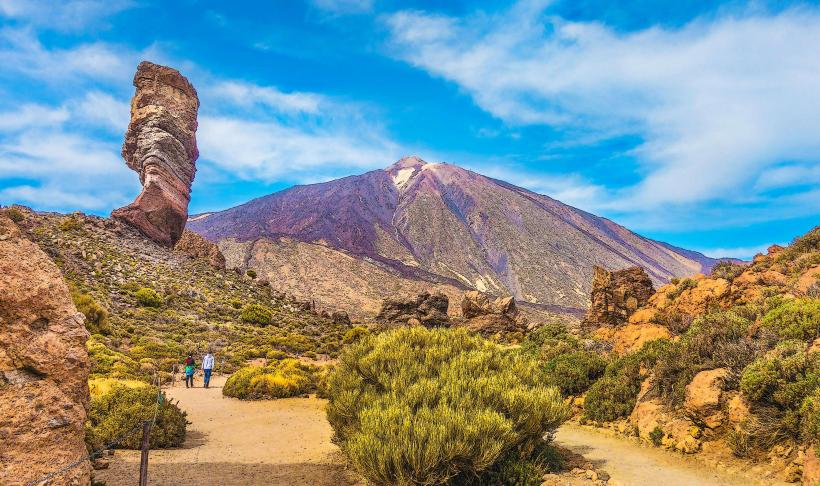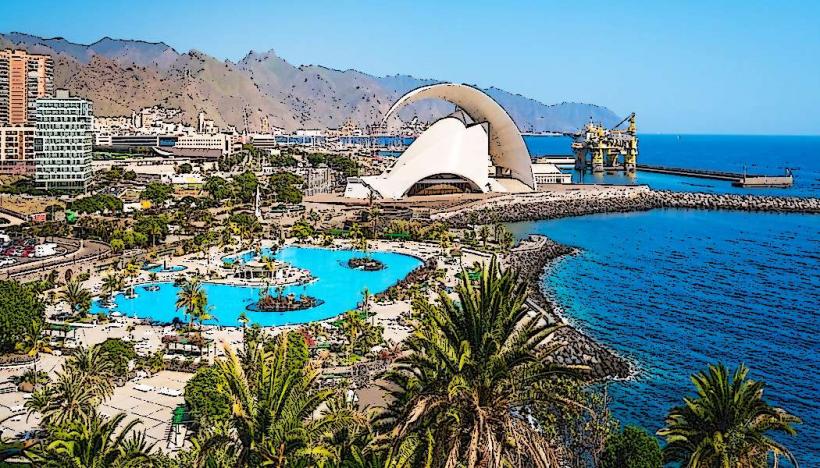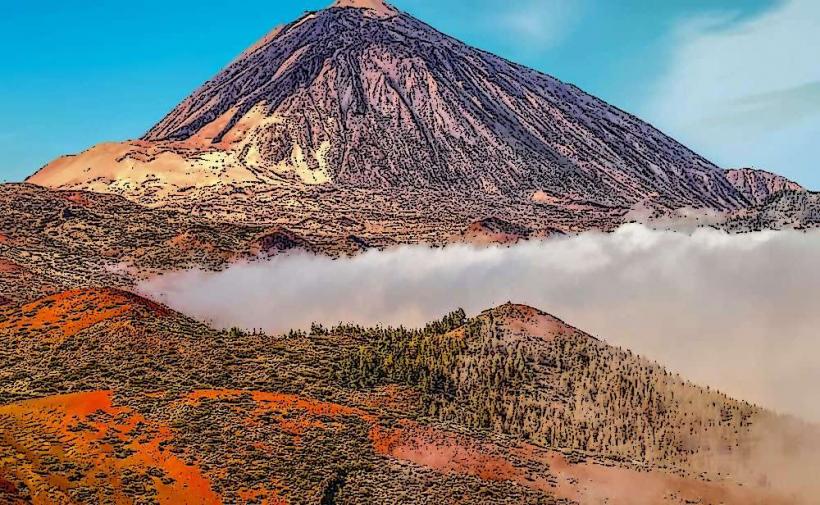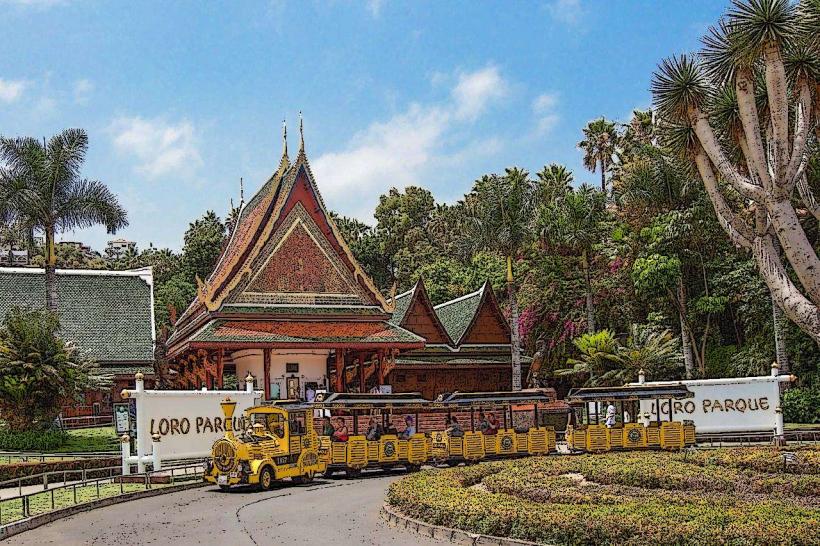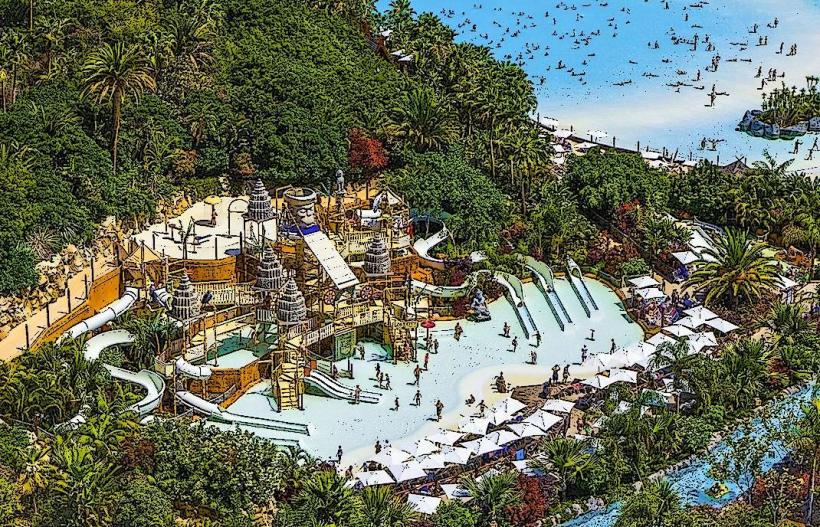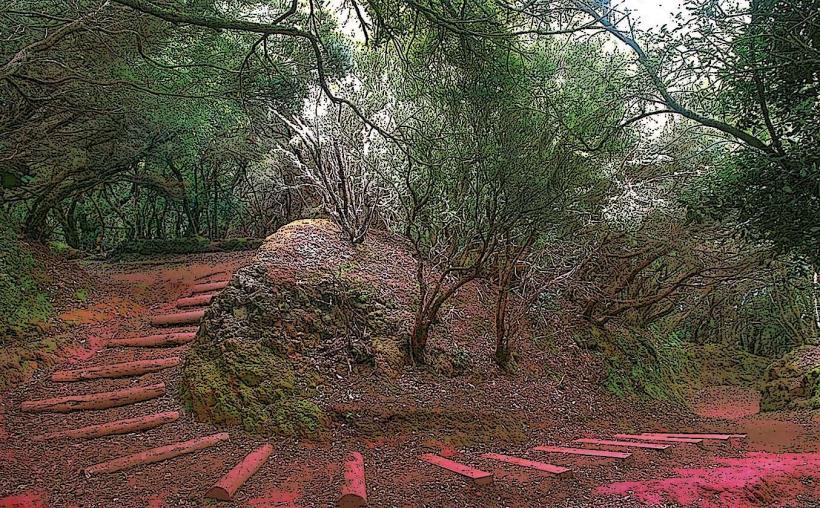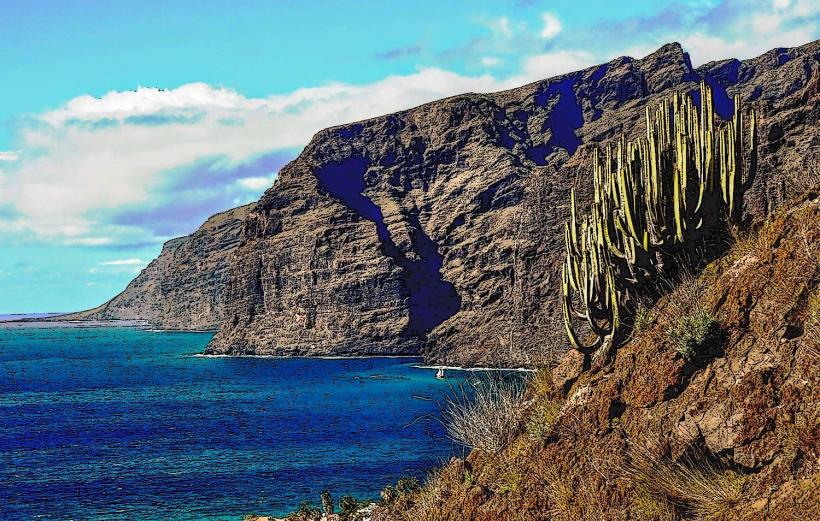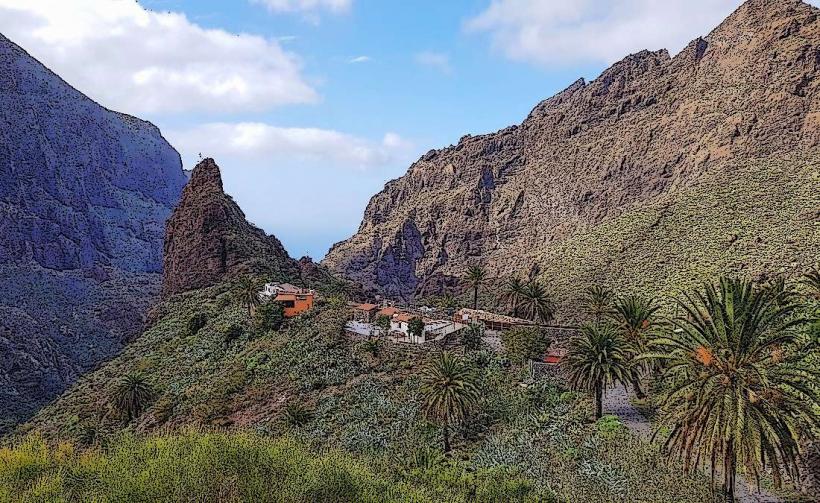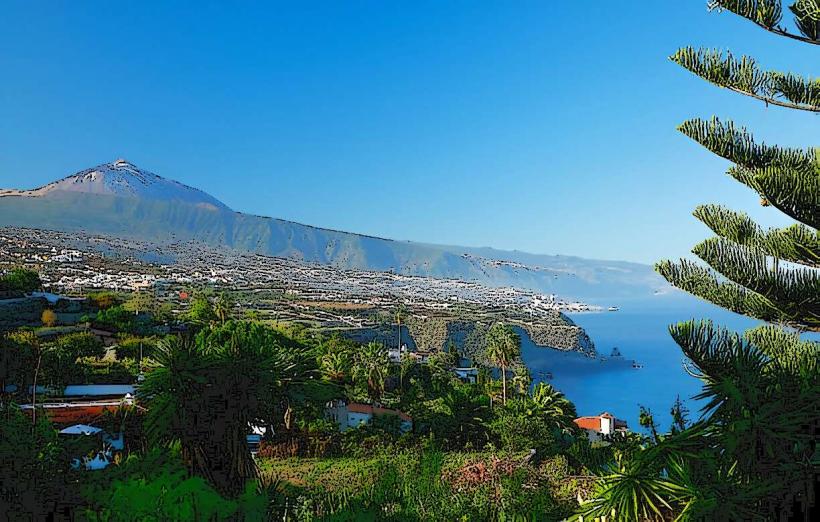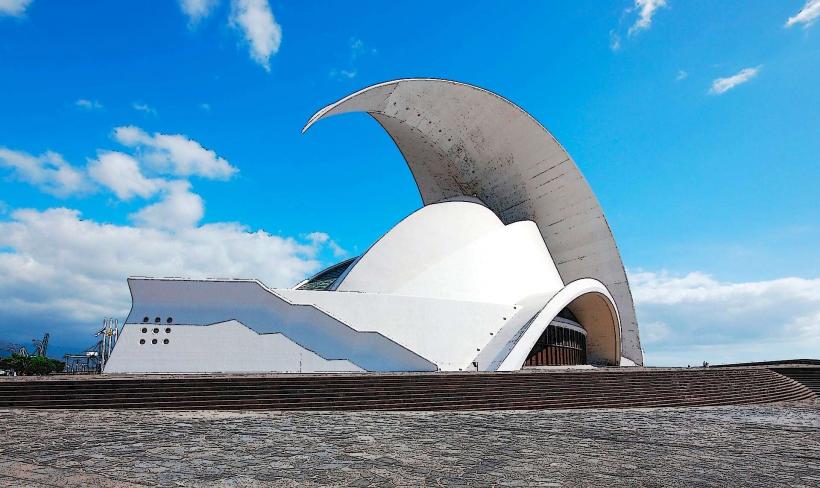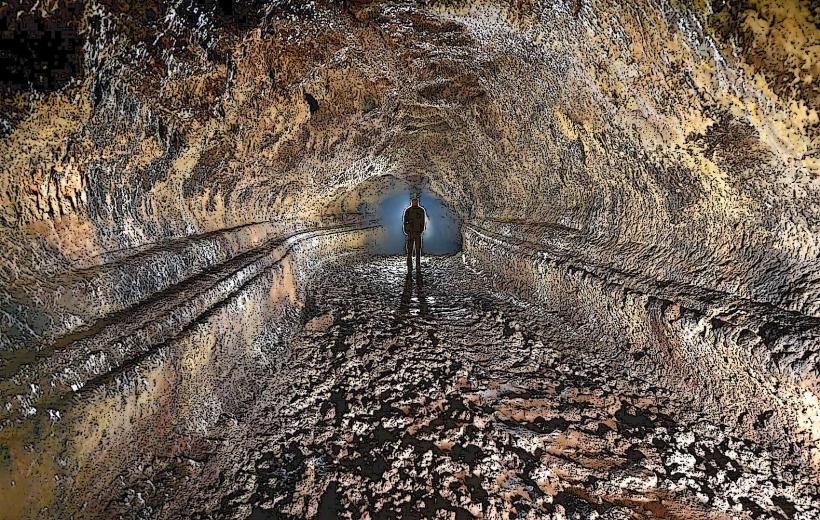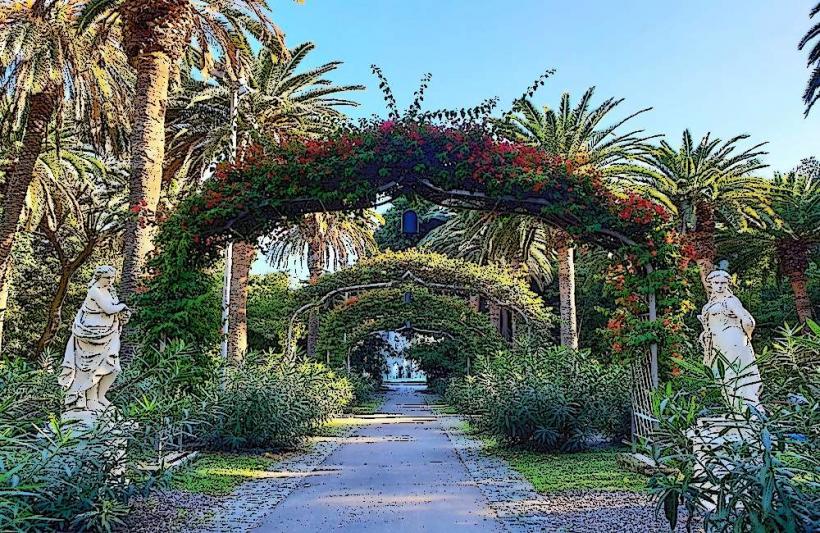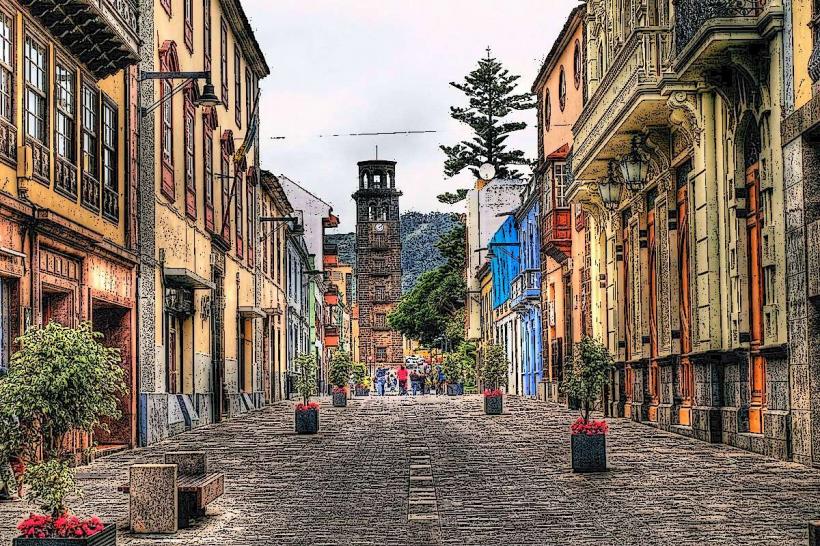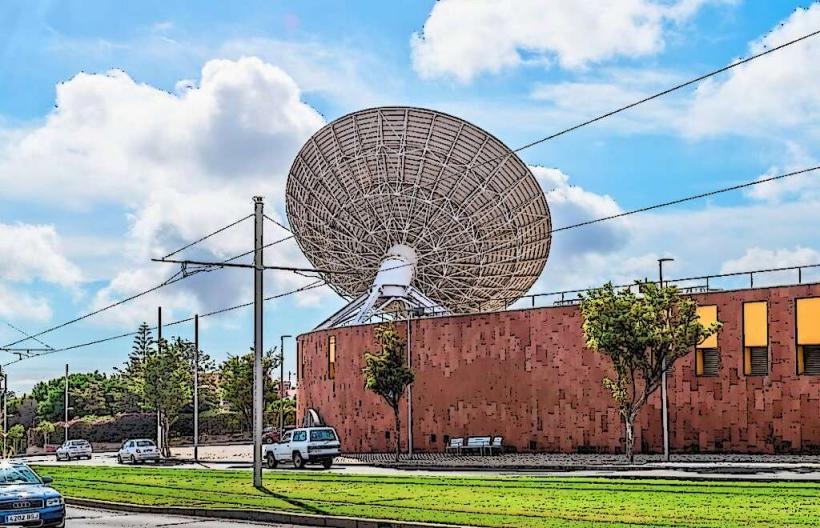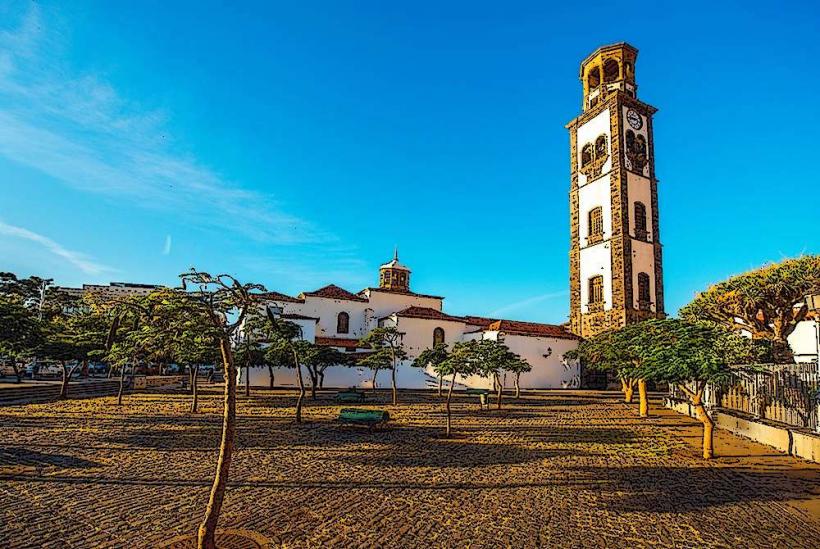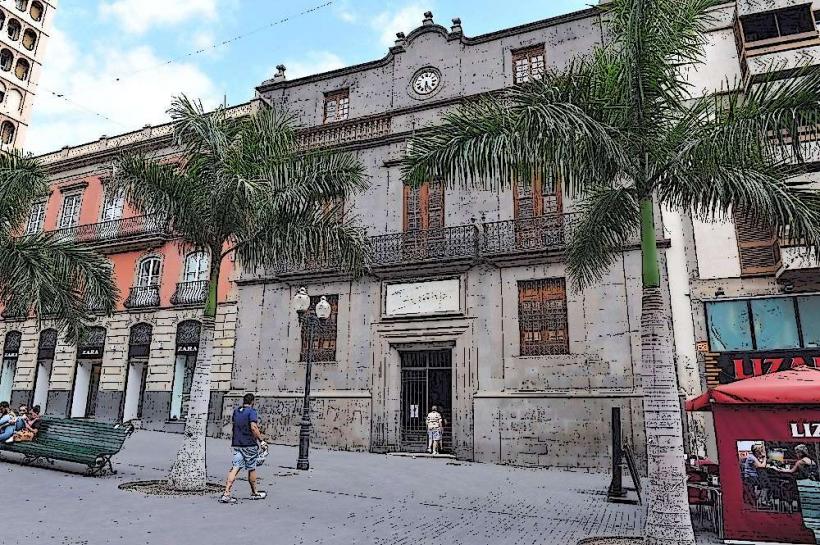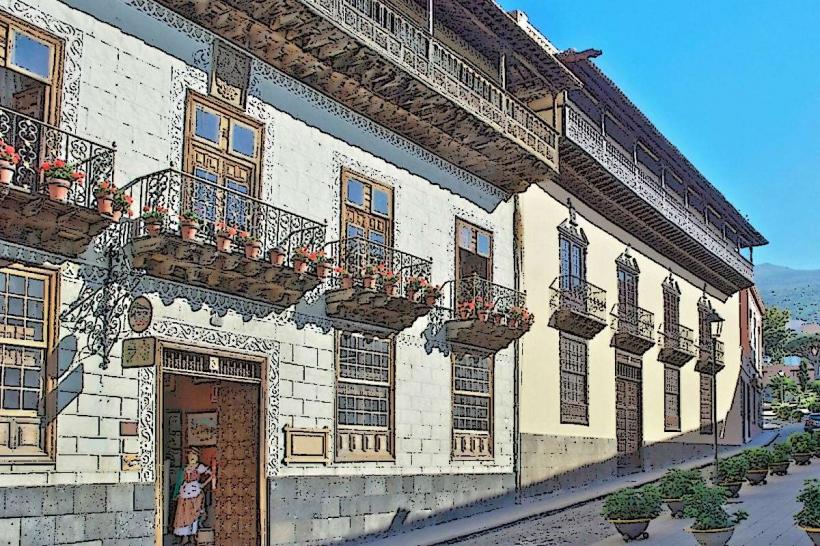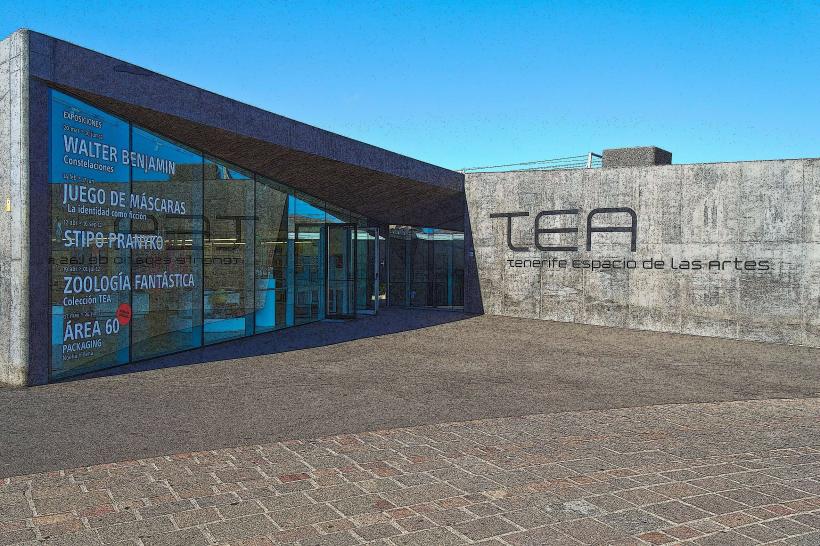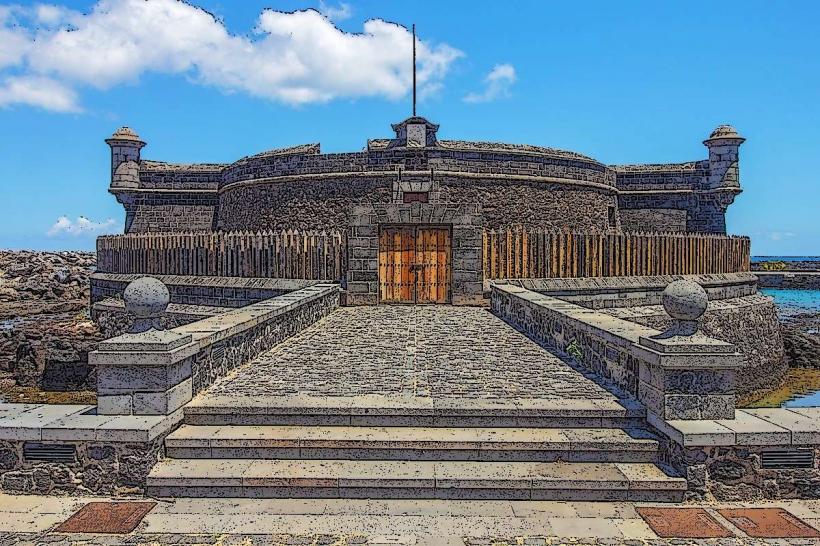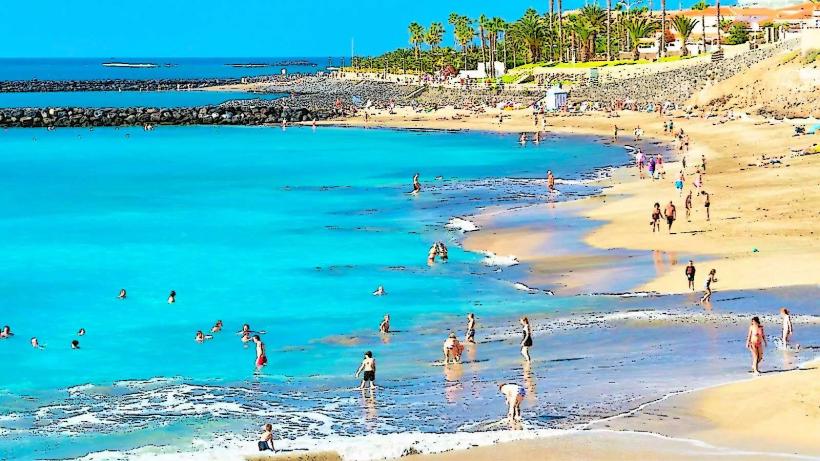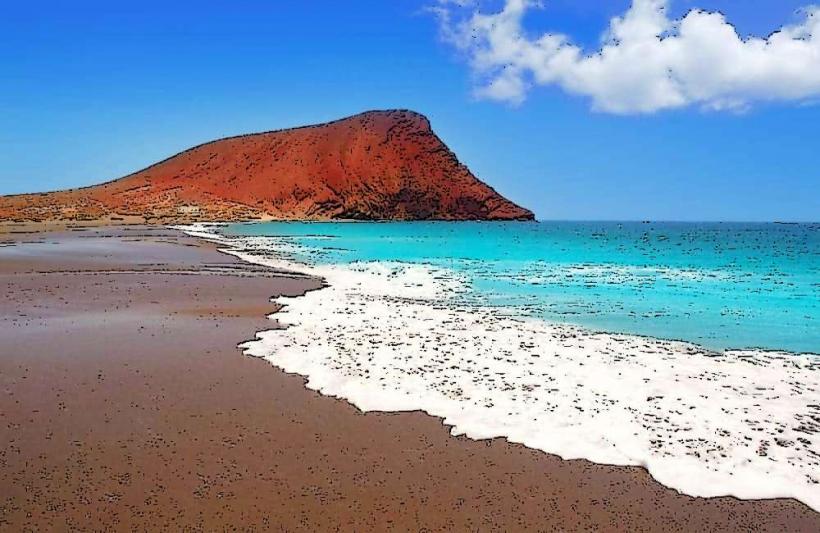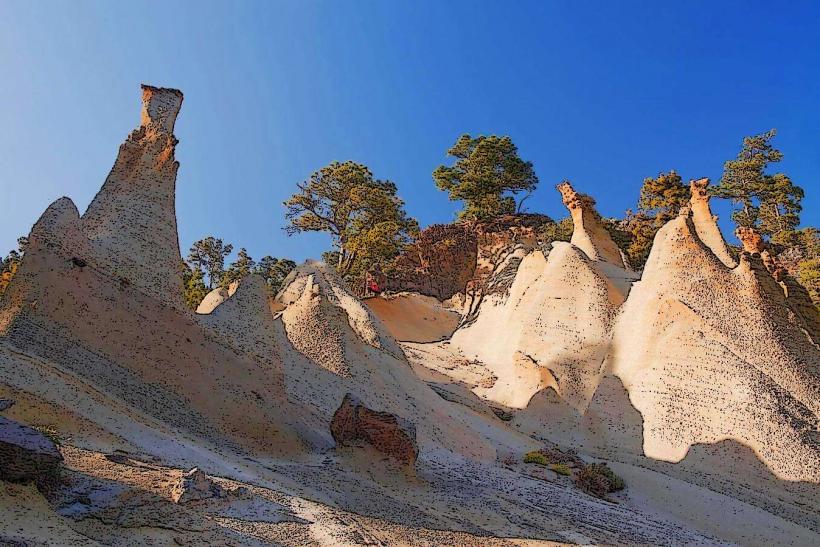Information
Landmark: Basilica de Nuestra Senora de CandelariaCity: Tenerife
Country: Canary Islands
Continent: Europe
The Basilica de Nuestra Señora de Candelaria is one of the most significant religious and historical landmarks on the island of Tenerife, Canary Islands. Located in the town of Candelaria, this Neo-Renaissance-style basilica is dedicated to the Virgin of Candelaria, the patron saint of the Canary Islands. The church plays an important role not only in the religious life of the island but also in its cultural and historical heritage.
Key Aspects of the Basilica de Nuestra Señora de Candelaria
Historical and Religious Significance:
- The Virgin of Candelaria is one of the most revered figures in the Canary Islands, and her statue is housed in the basilica. According to legend, the Guanches, the indigenous people of Tenerife, discovered the statue of the Virgin in the 14th century, and it became a symbol of spiritual protection. The Virgin is often depicted with dark skin, which has led to the veneration of the Black Madonna of Candelaria.
- The basilica is a major pilgrimage site for Catholics in the Canary Islands and beyond, attracting thousands of visitors every year, especially on February 2nd (the Feast of the Virgin of Candelaria) and August 15th (the Assumption of the Virgin).
- The Candelaria Sanctuary and its associated statue are tied to local legends and the island’s history, with the church itself being constructed on the site where the statue was reportedly found.
Architecture:
- The Basilica de Nuestra Señora de Candelaria is a beautiful example of Neo-Renaissance architecture, with influences from both Baroque and Neo-Classical styles. The building was designed by Manuel de los Santos and constructed over several decades, finally completed in the mid-20th century.
- The facade of the basilica features columns, pilasters, and a central arched entrance. The dome is a defining feature of the basilica, adorned with tiled decoration that is characteristic of Canary Island architecture.
- Inside, the basilica is equally impressive, with its marble floors, high vaulted ceilings, and decorative altars. The most important feature inside the basilica is the altar, which holds the revered statue of the Virgin of Candelaria.
The Virgin of Candelaria Statue:
- The statue of the Virgin of Candelaria is the focal point of the basilica. This Black Madonna figure is crafted from wood and is believed to have been discovered by the indigenous Guanches in a cave near the coast of Candelaria. The statue’s distinctive dark complexion and its miraculous attributes have made it the center of devotion for the local population and pilgrims who travel to the basilica.
- The statue of the Virgin is typically displayed in a glass case on the altar, and it is adorned with golden crowns and jewels offered by devotees over the years.
The 12 Bronze Statues of the Guanche Kings:
- Outside the basilica, there are 12 bronze statues of the Guanche kings, representing the nine original Menceyatos (kingdoms) of Tenerife, as well as the rulers of other Canary Islands, such as Gran Canaria and La Palma.
- These statues line the promenade in front of the basilica, symbolizing the indigenous history of the island and their connection to the Virgin of Candelaria. The statues were erected as a tribute to the island's pre-Hispanic culture and are an important historical feature of the area.
Cultural and Religious Events:
- Fiesta de la Virgen de Candelaria: The Feast of the Virgin of Candelaria is one of the most important religious celebrations on Tenerife, attracting thousands of pilgrims who come to honor the Virgin. The festival is held on February 2nd and includes special masses, processions, and cultural activities.
- Fiesta de la Virgen de la Candelaria on August 15th is also a major event, coinciding with the Assumption of Mary. It is a lively celebration with music, dancing, and fireworks that also includes a procession that carries the Virgin’s statue from the basilica to the sea.
- The church hosts several other religious events and festivals throughout the year, including Christmas and Easter services, as well as various local celebrations.
Museum of the Virgin of Candelaria:
- Adjacent to the basilica is the Museum of the Virgin of Candelaria, which houses religious artifacts, paintings, and other historical objects related to the Virgin and the basilica. The museum provides valuable insight into the spiritual and cultural importance of Candelaria and the surrounding area.
- Visitors can explore the museum to learn more about the history of the Virgin of Candelaria, the indigenous people, and the role of the church in Tenerife's religious life.
Pilgrimage Tradition:
- Pilgrims have been visiting Candelaria for centuries to pay homage to the Virgin of Candelaria. The town and the basilica are seen as places of deep spiritual significance, with many believing in the Virgin’s miraculous powers of protection and healing.
- The pilgrimage to Candelaria remains a popular tradition, with people traveling from different parts of the Canary Islands and mainland Spain to participate in religious celebrations and seek blessings from the Virgin.
Surrounding Area and Views:
- The basilica is situated along the coastal town of Candelaria, which offers beautiful views of the Atlantic Ocean. The area surrounding the basilica is peaceful, with a pleasant promenade, black-sand beaches, and the scenic cliffs that provide a backdrop to the town. The location makes the basilica not only a religious site but also a place to enjoy nature and stunning vistas.
Why Visit the Basilica de Nuestra Señora de Candelaria?
- Religious Significance: The basilica is the center of devotion for the Virgin of Candelaria, a patron saint of the Canary Islands, and a major pilgrimage site.
- Historical Importance: The site is tied to the indigenous history of Tenerife and the Guanche people, as well as to the religious and cultural development of the island.
- Architectural Beauty: The basilica's impressive Neo-Renaissance architecture, along with its grand interior, makes it a must-see for architecture lovers.
- Cultural Events: The basilica hosts important religious festivals, including the Fiesta de la Virgen de Candelaria, which are filled with processions, music, and local traditions.
- Scenic Location: The basilica’s location offers beautiful views of the ocean and surrounding landscape, adding to the peaceful and contemplative atmosphere of the site.
Practical Information for Visiting the Basilica
- Getting There: The basilica is located in the town of Candelaria, which is about a 20-minute drive from Santa Cruz de Tenerife. It is easily accessible by public transport, and buses regularly connect Candelaria with the rest of the island.
- Visiting Hours: The basilica is typically open to visitors throughout the week. It is best to check specific visiting hours, especially during festivals or special religious events, as these may affect accessibility.
- Admission: Entrance to the basilica is generally free, but donations are encouraged to support the upkeep of the church and its religious functions.
The Basilica de Nuestra Señora de Candelaria is a profound symbol of faith, history, and culture in Tenerife. Whether you are a pilgrim seeking spiritual connection or simply a visitor wanting to learn about the island’s rich heritage, the basilica is a must-see destination that offers a deeply moving experience.

